At Numurkah we had a chestnut coloured mare which was always entered in the Show as a thoroughbred brood mare. She always got a second prize. There was a mouse plague[1] and the mice would run up a leg inside the pants and if you grabbed them they bit – almost always the thigh. I tried to protect the horse feed, but it was always scratched out of the chaff bag over night. I would get half a bucket of water and scoop mice in until there were too many for the water. I would then let them drown, usually three buckets at a time. My clothes were in a tin trunk. Around the wheat stacks at the Railway Station[2], the men dug a trench about three feet wide and filled it with water. They shovelled out twenty-five tons of dead mice. There was a weighbridge[3] at the Station.
As there were no cars, the police horse was important – the only other transport being bicycle. The Victoria Police in Melbourne had one car, a Lancia. It was continually in use and called the Patrol Car. I recall it having a bad accident when the wireless operator was killed (Roberts). The car ran into a tramway excavation.
On the station platform, we would meet the man from adjoining stations once a month. Each year about March, we visited the farms to collect agricultural statistics. People looked forward to our visit and it put us in friendly contact.
I was invited by Rev. Sharp to a Scout meeting in the hall. I declined to be interested. Shortly afterwards he kicked the Scouts out. They went leaderless to a tin shed in the Council yard. It was used to store charcoal. I was asked to take the Scouts but said “No”. The next question was “Would I come and stop them from playing up?” I said, “Yes”. Next morning I was told by Mr. Stringer, Shire Secretary that I was to take the Scouts into the Shire Hall. I said “But I’m not in charge”. He assured me I was. I went along always insisting on the boys making their own program. There were Cubs as well as Scouts. After a while Hilda Corlett took over the Cubs.
Eventually I saw an unused Church of England at Naring. I bought it for fifteen pounds for a Scout Hall. Hunt Brothers of Wunghnu used a big tractor, which pulled six wagons of wheat at a time, 60 tons. Hunts said they would bring the Church into Numurkah after the harvest.
One afternoon I got a phone call from them saying it was on the road, and asking where they would put it. I had not given it thought. I rang Mr. Stringer, Shire Secretary. He said he would ask the Council next meeting. I said “But it is on the road”. He finally put it on the park. The tenant of the park objected and his solicitor agreed it was not in order. The solicitor, Mr. Teare persuaded him Scouts were a good organisation and he cooled down.
We finally rented an acre of park for 99 years at a peppercorn rental. The Scout Hall is still there, but is extended a bit. The Scouts prospered and won most of the competitions they entered, most times winning all events such as tent pitching, bridge building, billy boiling and knotting.
Soon after I arrived at Numurkah, a horse and jinker was stolen from Katunga. I suspected two men with a horse and wagon as they too had disappeared. I followed the wagon tracks to Wunghnu and found only one man. He admitted his mate had left him. I circulated his description. He was six feet with his hair brushed back. Sergeant Luther at Tocumwal picked him out when he called for the dole. He followed him to a camp on the river where he found the horse and jinker. The fellow had also killed a sheep. I was good at tracking, having practiced tracking rabbits and possums when they got away with rabbit traps.
Senior Constable Moylan at Numurkah had four children and an Irish Terrier dog. The youngest, aged two or three, was always looked after by the dog. When she got out on the road, the dog would turn her back towards home and then push her with his forehead. I was friendly with the Tuttle family and we all went to the Church of England. By working bees we built two tennis courts at the Church. There were many tennis courts in the town and lots of competition.
Being in the depression there were always lots of bagmen travelling on the goods trains and in the towns. They could get the dole on a Thursday in the larger towns. It was worth about seven shillings. Numurkah was not a dole town and the traders thought they should get some of the business. They got themselves appointed, but the town was so over-run with bagmen that in two weeks they got rid of the dole again. Bagmen were different to swagmen. They only had a tucker-bag and no swag. They begged from the houses through the week, waiting for the dole on Thursday. One time the tents were stolen from the Scout Hall. I told the bagmen that the mothers would not give bagmen food because they stole the tents. The tents came back.
One day we had a phone call from the railway station that the perishable goods had been burgled. It was Court day[4]. I went to the railway station alone. There were a lot of bagmen. They ran through an open gate when they saw me. I called out stop and fired a shot over their heads, 19 stopped and I took them to the Police Station where I gave Senior Constable Moylan a shock. We charged them with Railway Trespass and got them discharged – glad to be rid of them. Three were big names in boxing, but they explained they only got seven pounds for a fight at the Stadium. Their names were Ab Kaye, Abacair and Monson.
We were searching for a missing man once. I checked every inch along the Broken Creek and could find no tracks, and I was sure he wasn’t in the creek. The Senior said, “You better have another look”. The man’s nephew said, “There is nowhere else to look”. I said, “We’ve searched the likely places. We’ll try the unlikely places”. We rode our bikes straight away from the creek and found him in the first waterhole we came to, about a mile out.
Some sheep, Lincoln breed, were missing from Numurkah. I circulated the offence and the Policeman from Seymour rang to say there were some answering the description in the saleyards there. I sent the owner W. Gaston down. He identified his sheep. The persons selling them had sheep belonging to other owners also.
Another owner at Numurkah had lost a lot of sheep. He went shooting through some paddocks when he came across a black sheep he knew to be his, but the brand had been altered. It was in Katamatite district. With Constable Egerton from there, I went to the farm. No-one was home. We mustered the sheep. There were several brands. The sheep we were looking for had the brand RB. These had been altered to BB. There were sheep belonging to five owners all with brands altered. This was done by using binder twine on bent wire to make the fake brands. As well as altered brands, there were also several colours of paint. After collecting two men, we found they had recently sold cattle at St. James. We went there and traced some cattle, and then we heard of a missing horse. We also traced this to Dookie. We went to General Sessions at Shepparton with three trucks of stock and eighteen witnesses.
I went duck shooting with an old single shot gun on the station, and got seven ducks just above the town. The following year several people were asking if I was going up the creek again. A man said to me “They want to find out if you’ll be away so they can shoot in the Park”, which was a sanctuary for native game. I went to the Park and caught seven shooters, some of them important people. They lost their guns and ducks and didn’t like it. I was paid seven pounds reward, which I shared, with my informant. My boss wasn’t pleased with me catching the shooters without letting him know. I didn’t give him any of the reward. He sold the gun for 25 shillings.
Following my catching shooters in the Park, hundreds of birds came there. These included pelicans, ibis, spoonbills, various cranes and ducks and water fowl. The Sun was a new paper at the time and an issue of it had a full front-page photo of the collection of birds in the Park at Numurkah. No doubt the picture would still be at the Sun office. The Sun didn’t know I was responsible because I kept the shooters out.
[1] Mice probably arrived in Australia as stowaways on board the First Fleet of British colonists in 1788. A plague of mice occurred around Walgett in New South Wales in 1871. In 1922 areas around Dubbo and Tamworth, New South Wales, were hit, followed by more plagues through the Riverina in 1925. Plagues occurred around Wimmera in Victoria, Loxton in South Australia and Winton in Queensland in 1931 and more were recorded in parts of New South Wales in 1932. The next plague hit areas around Warracknabeal and Hopetoun in Victoria but was less intense than the 1932 plagues.
[2] Numurkah railway station opened as the terminus of the railway from Shepparton in 1881. It closed in 1993.
[3] Public weighbridges determine the mass of a vehicle, including prime movers and connected trailers. They are used to weigh goods such as farm produce, agricultural products, scrap metal and landscape materials weighing over 3 tonnes.
[4] In 1852 County Courts were established by the County Courts Act. Each court has a judge or judges appointed to it. Each judge is a resident judge presiding at a particular court. The 11 County Court of Victoria locations outside of Melbourne are called circuit locations. Those locations are Bairnsdale, Ballarat, Bendigo, Geelong, Horsham, Latrobe Valley (Morwell), Mildura, Shepparton, Wangaratta, Warrnambool and Wodonga. The Court schedules a number of four or five-week sitting periods (known as circuits) at each circuit location every year.
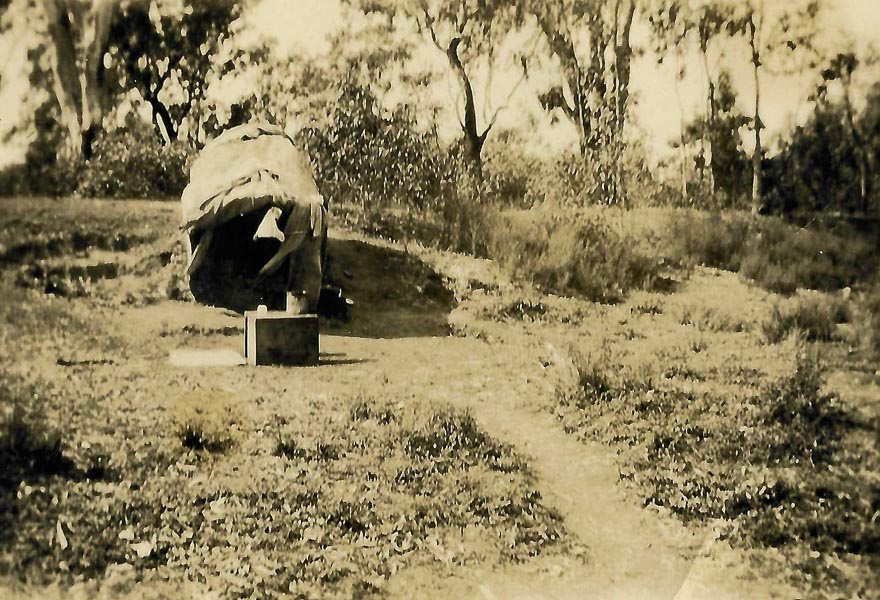
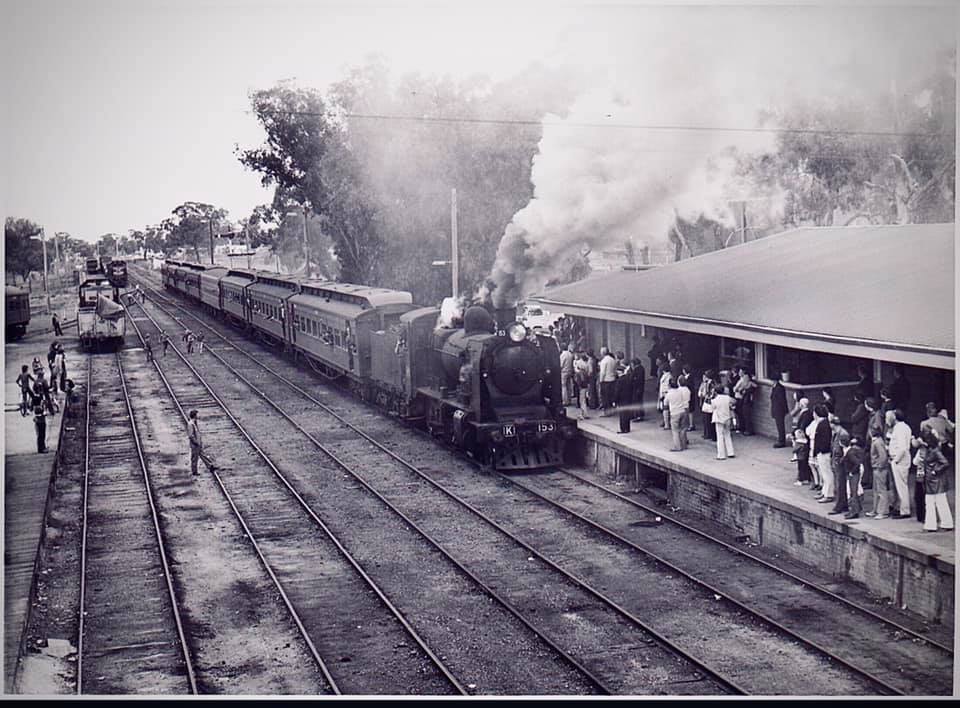
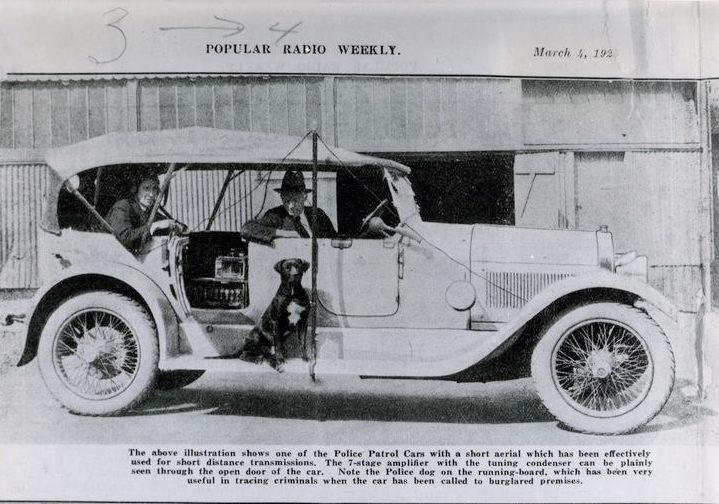
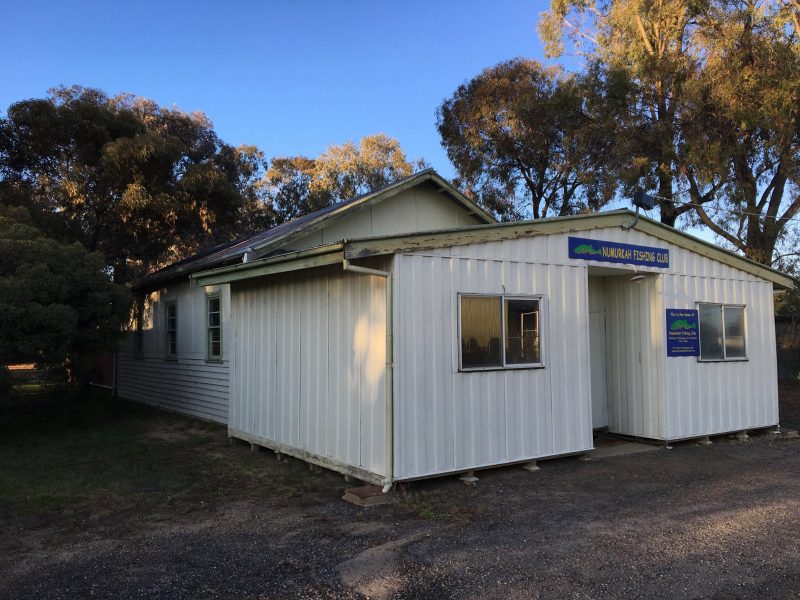
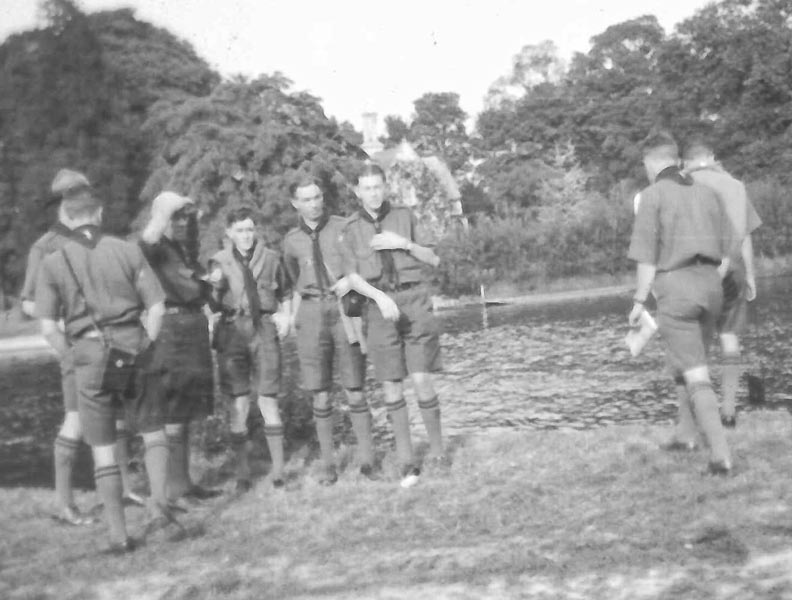
0 Comments